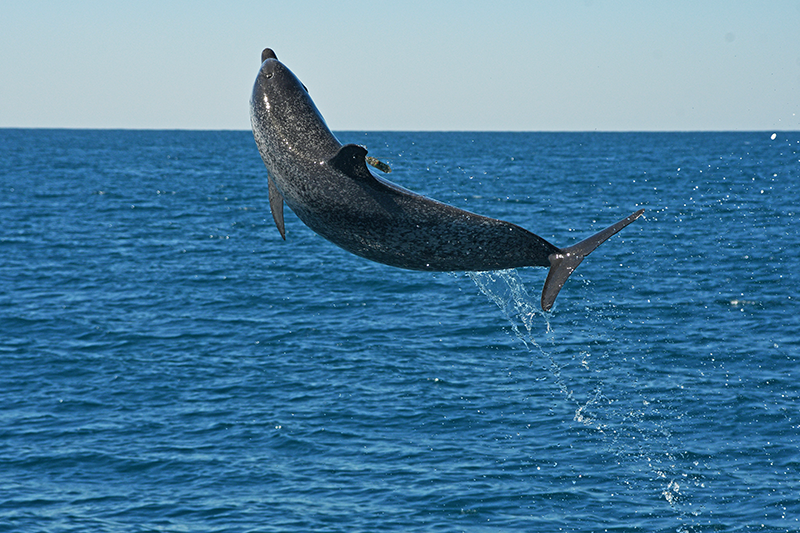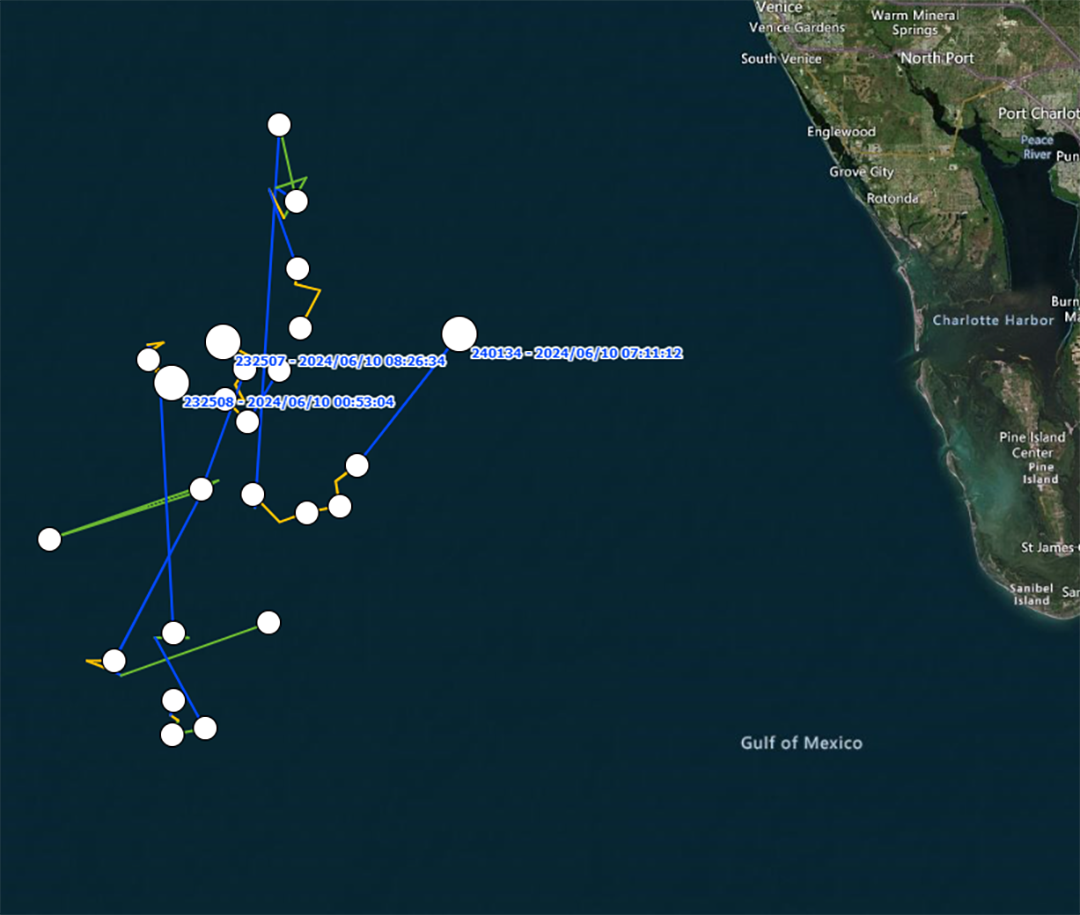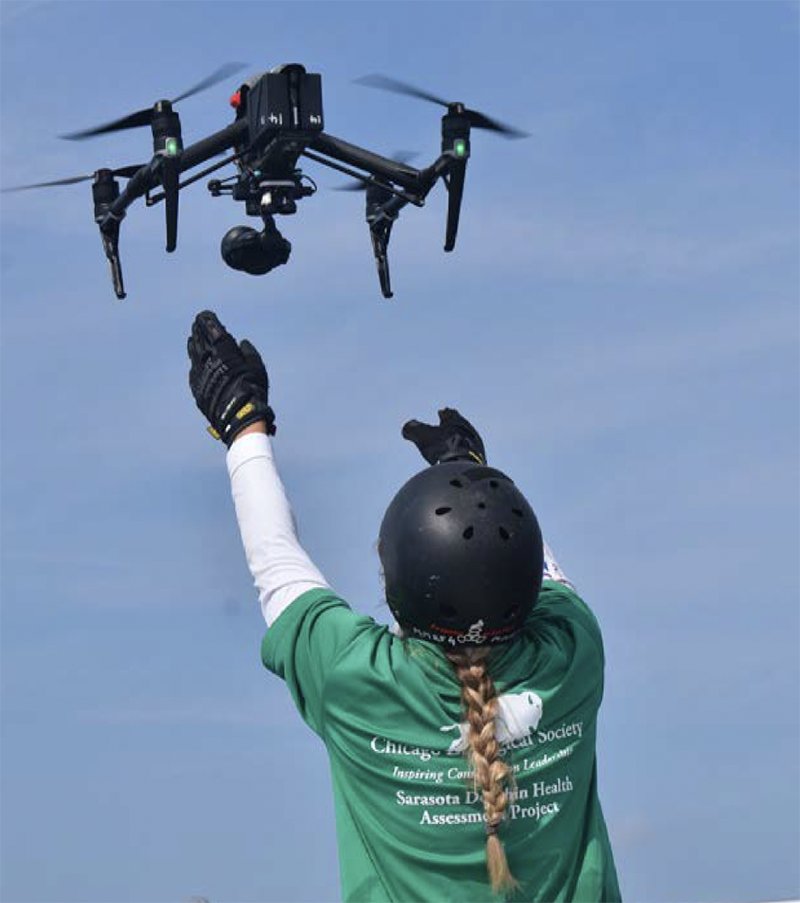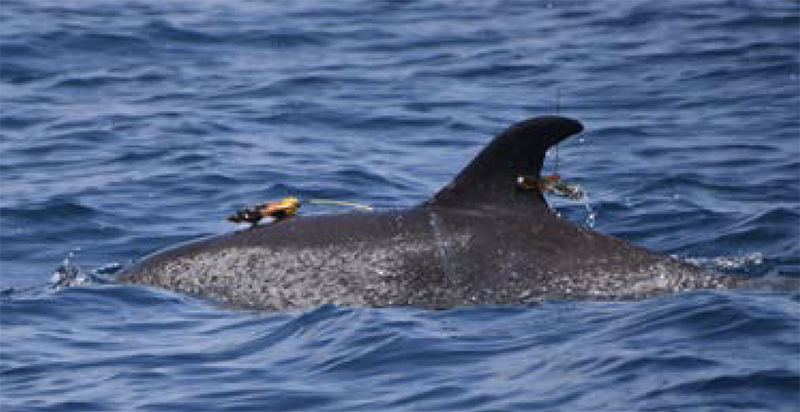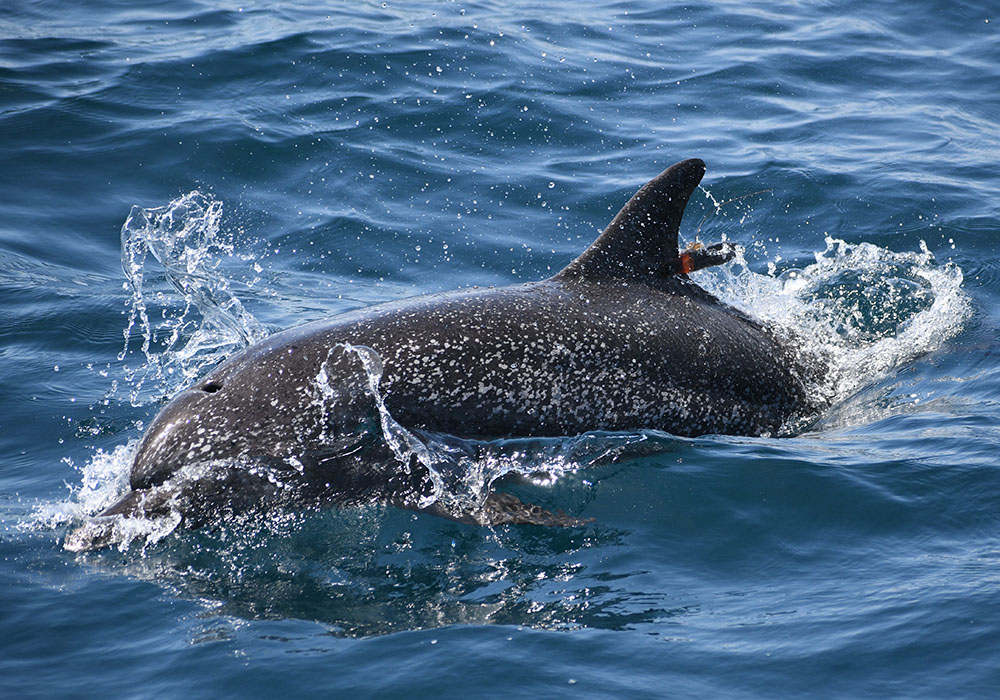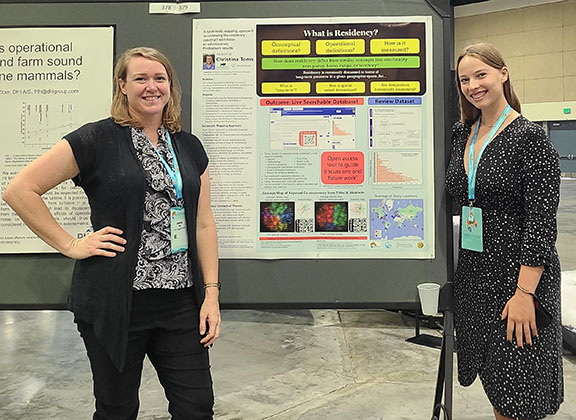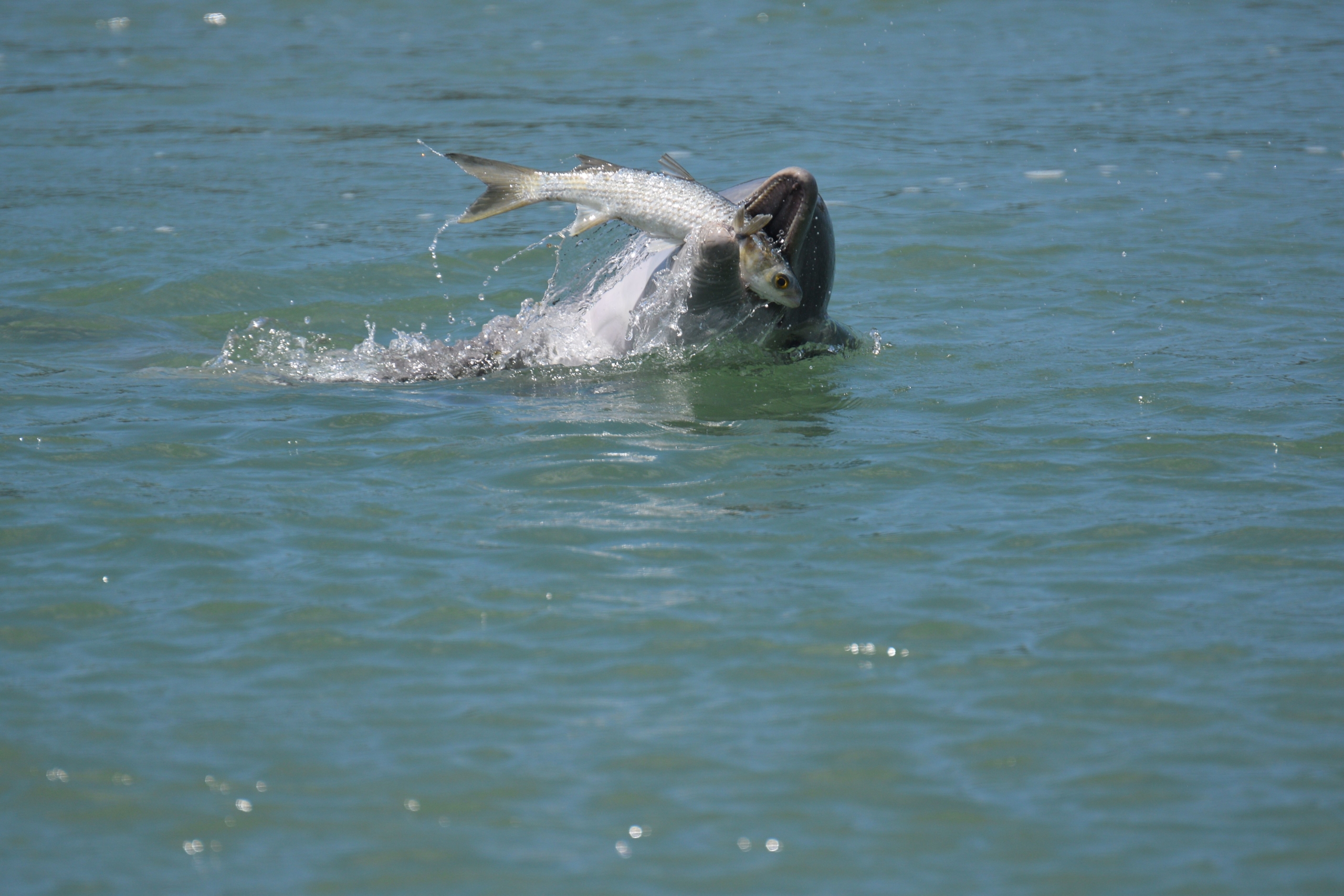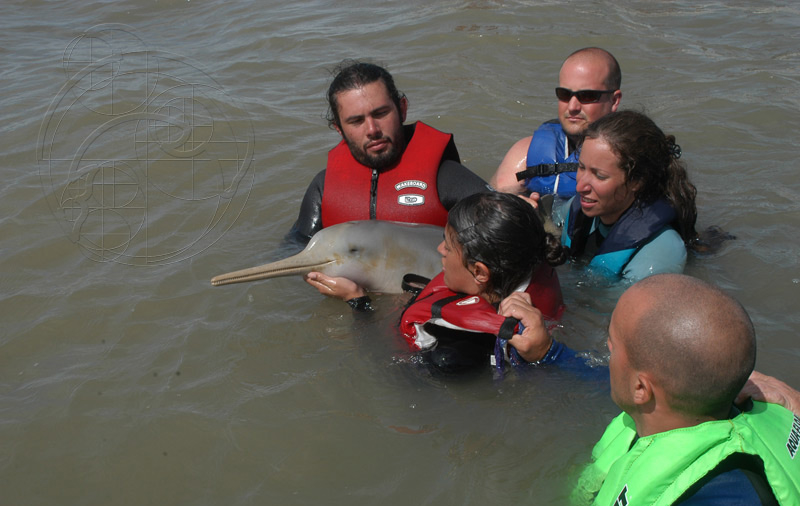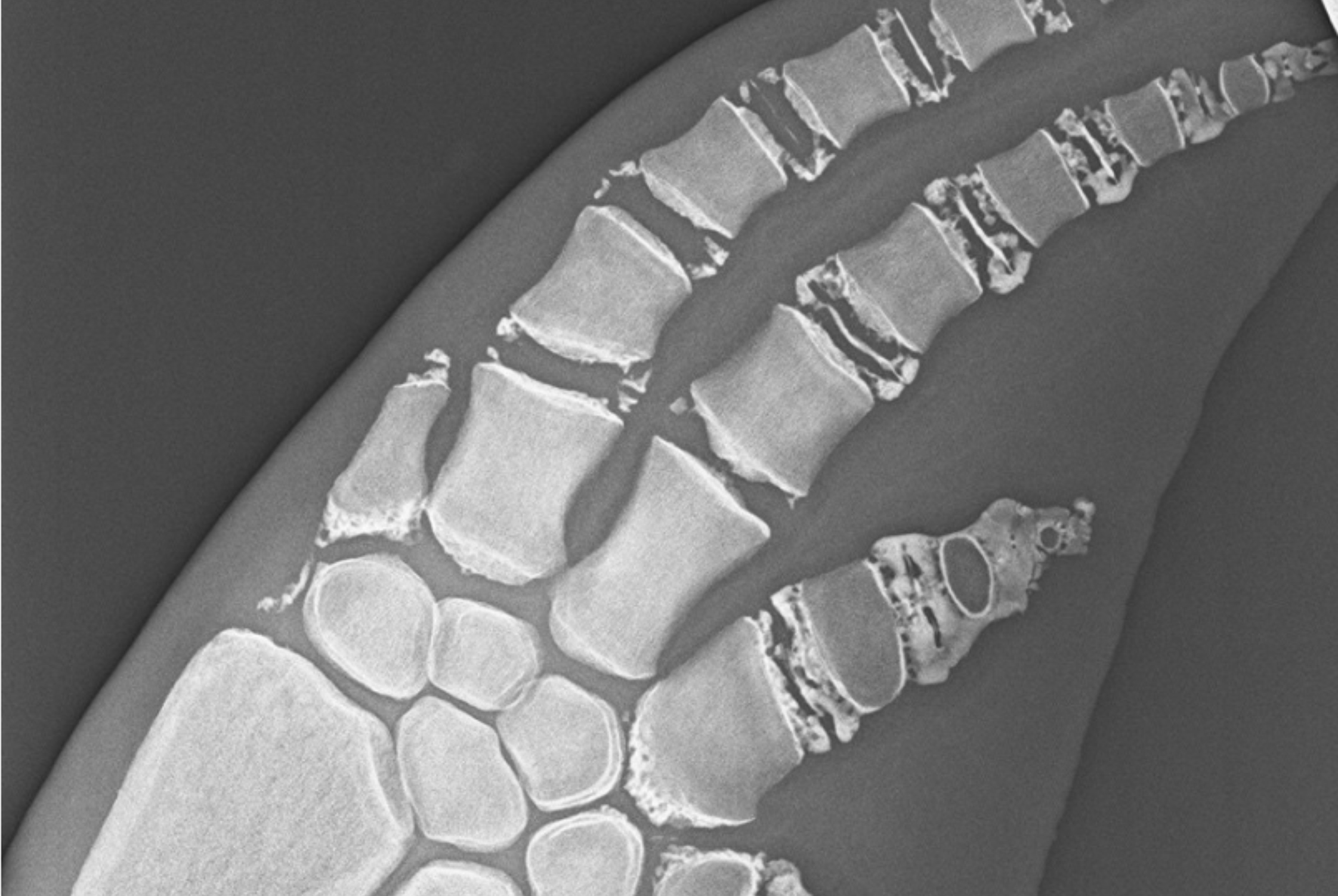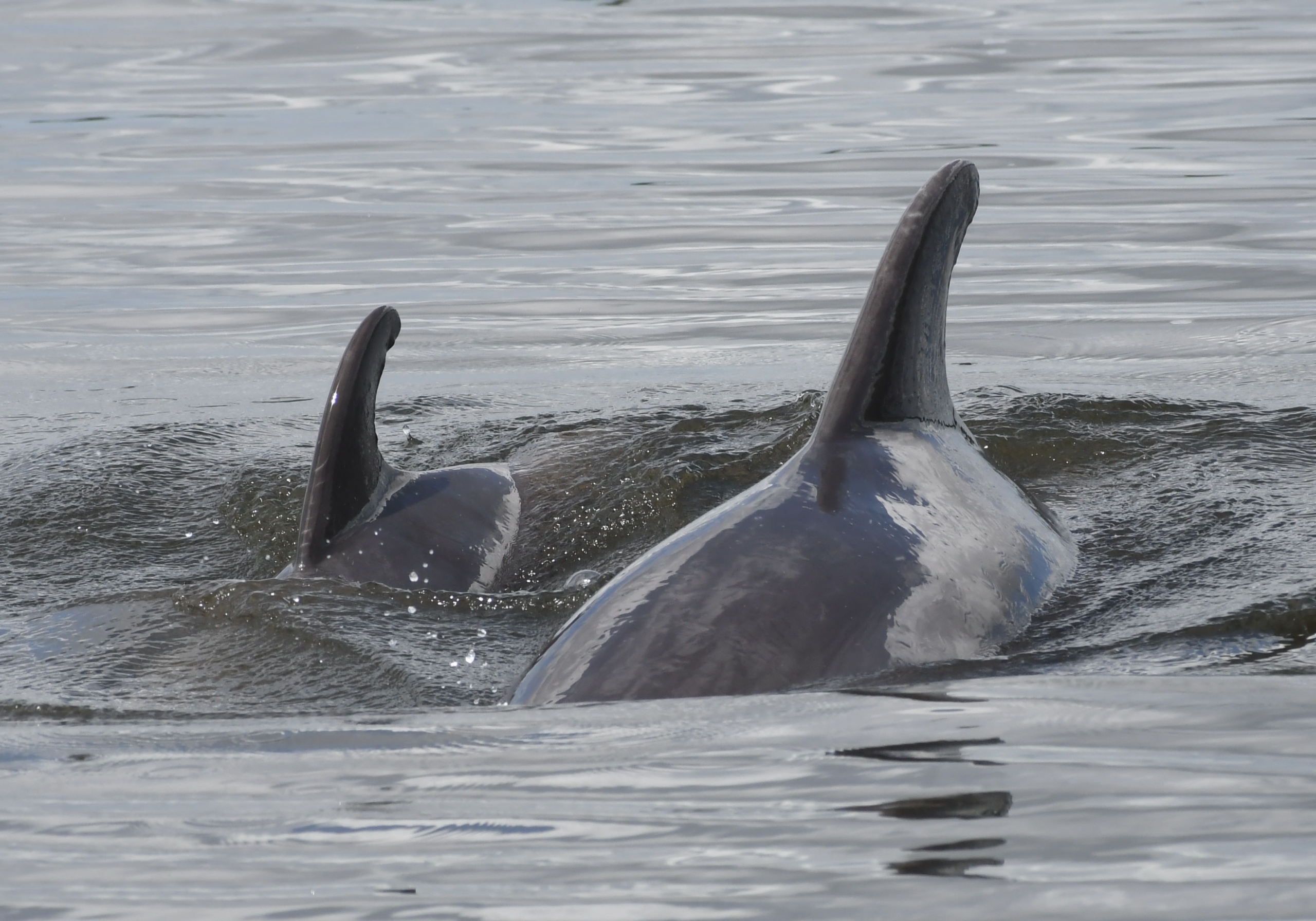These posts are about the tools and techniques developed, perfected and implemented by the SDRP to study wild dolphin populations.
TADpoles and Dolphins
Nadine Slimak2025-04-24T14:28:18+00:00What do TADpoles have to do with dolphins? Development of a remote Tag Attachment Device on a pole. The Sarasota Dolphin Research Program has acted as a testbed for the development of many innovative methods to study marine mammals. Since 1975, Sarasota Bay has been used extensively for testing electronic tags,




